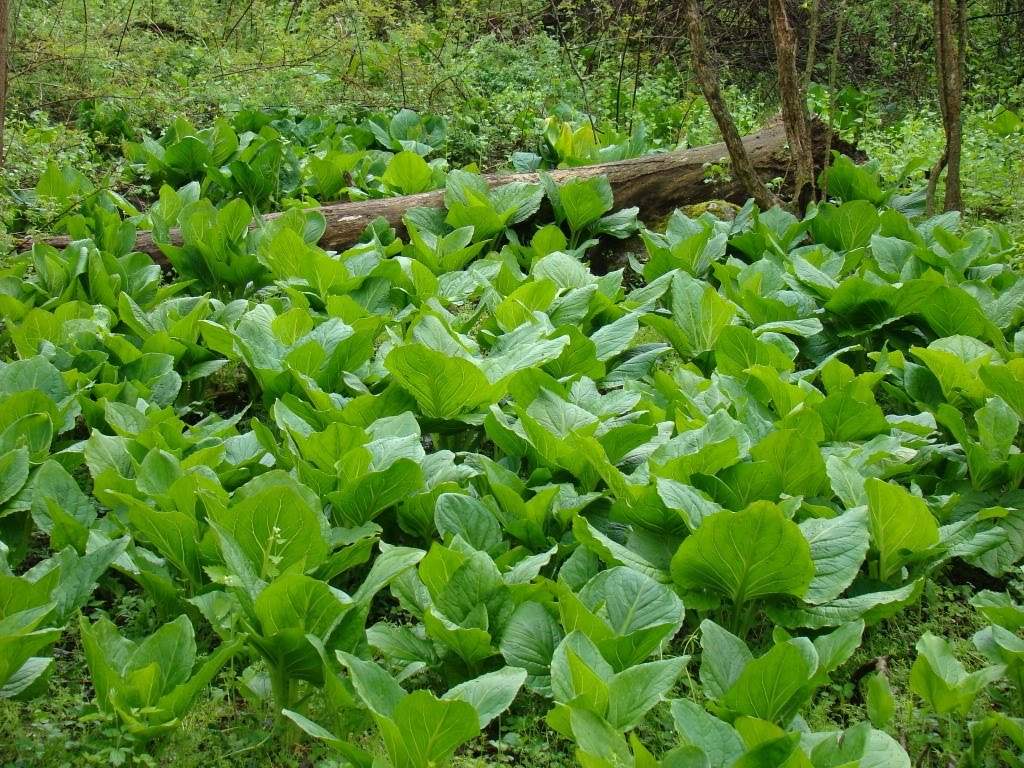[1] British Herbal Pharmacopoeia 1983 Published by the British Herbal Medicine
Association ISBN 0 903032 07 4.
[2] Herbal Materia Medica Course Notes For Diploma of Naturopathy and Diploma
of Herbalism Students by Lydia Mottram.
[3]
Potter's New Cyclopaedia of Botanical Drugs and Preparations
R.C. Wren Revised by Elizabeth M. Williamson and Fred J Evans. First published
in Great Britain in 1988 and reprinted in 1989 and 1994 by the C. W. Daniel
Company Limited. 1 Church Path, Saffron Walden Essex. Published 1988 Printed
and bound by Biddles, Guildford ISBN 085207 1973.
Images
1.
plantworld2.blogspot.com.au
2.
plantworld2.blogspot.com.au
3.
eonet.ne.jp
Acrid principle.[1,2] Resin.[1,2,4]
Volatile oil.[1,2,3]
5-hydroxytryptamine.[3]
References
[1] British Herbal Pharmacopoeia 1983 Published by the British Herbal Medicine
Association ISBN 0 903032 07 4.
[2] Herbal Materia Medica Course Notes For Diploma of Naturopathy and Diploma
of Herbalism Students by Lydia Mottram.
[3] Plowman, T. (1969) Econ. Bot. 23,2
[4] Potter's New Cyclopaedia of Botanical Drugs and Preparations R.C.
Wren Revised by Elizabeth M. Williamson and Fred J Evans. First published in
Great Britain in 1988 and reprinted in 1989 and 1994 by the C. W. Daniel Company
Limited. 1 Church Path, Saffron Walden Essex. Published 1988 Printed and bound
by Biddles, Guildford ISBN 085207 1973.

